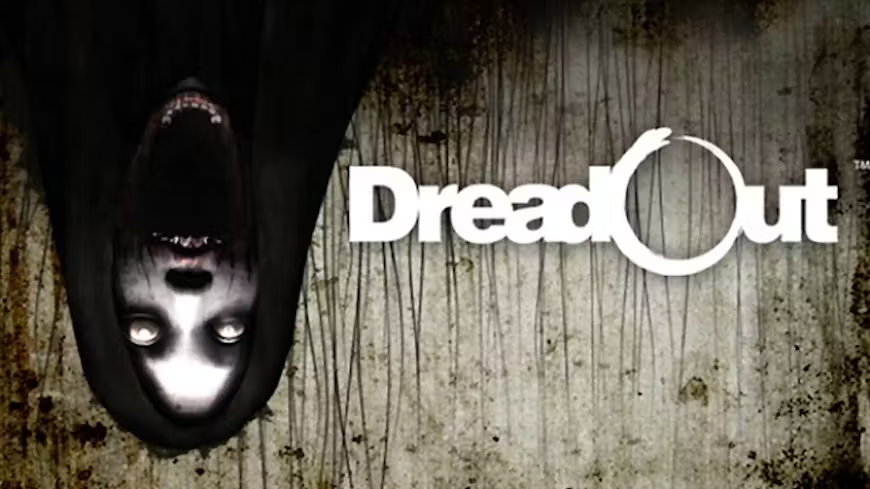
DreadOut follows the story of Linda, a high school student who, along with her classmates and teacher, becomes trapped in an abandoned Indonesian town after a school trip goes horribly wrong. When Linda discovers she has the ability to sense and combat restless spirits using her smartphone, she is thrust into a terrifying journey to uncover the mystery of the cursed town. Rooted in Indonesian folklore, the game blends supernatural horror with cultural myth, immersing players in an eerie world filled with ghosts like the Pocong and Kuntilanak.
Developed and published by Digital Happiness, DreadOut was released in 2014 as one of the first internationally recognized Indonesian survival horror games. Drawing inspiration from titles like Fatal Frame, it stood out for weaving Southeast Asian myths into a modern survival horror framework. Funded in part through an Indiegogo campaign, the game quickly gained attention from YouTubers and horror fans alike, pushing Indonesian indie development into the global spotlight.










Gameplay
DreadOut plays from a third-person perspective with the smartphone as the core mechanic. By aiming the phone’s camera at ghosts, players weaken and eventually banish them. The mechanic requires precision and timing, making each confrontation tense. Exploration of abandoned schools, dark alleys, and rural houses is central, with puzzles scattered throughout the environments. Items are scarce and Linda is vulnerable, which reinforces the survival horror atmosphere and discourages reckless play.
Visuals and Style
The visual presentation mixes realistic environments with supernatural imagery. Although the graphics reflect the budget limitations of an indie team, the design captures a chilling atmosphere through darkness, fog, and eerie architectural details. Sound plays a crucial role, with unsettling ambient effects, sudden ghostly noises, and traditional Indonesian musical elements that heighten immersion. The game’s style thrives on its cultural roots, setting it apart from more conventional horror designs.
Importance in Survival Horror History
DreadOut is remembered as a breakthrough for Southeast Asian horror in gaming. At a time when survival horror was dominated by Japanese and Western studios, it introduced a fresh perspective by showcasing local myths and ghost stories on an international stage. Its success proved that independent teams from outside the traditional gaming hubs could leave a strong mark on the genre while preserving cultural authenticity.
Reception versus Historical Value
When DreadOut released, reactions were mixed. Many praised its originality, folklore inspired enemies, and chilling atmosphere, while others noted technical flaws and uneven gameplay mechanics. Despite this, it earned cult status thanks to the influence of online horror communities and video creators who showcased its scares. Historically, it is valued not just as a game but as a cultural milestone, paving the way for sequels such as DreadOut: Keepers of the Dark and DreadOut 2.
Availability and Collectibility

DreadOut was released digitally for PC across Windows, Linux, and macOS. It has remained available on platforms like Steam and continues to be accessible to new players. Since it was never distributed physically at launch, it does not hold conventional collectible value. However, its significance as one of the first globally recognized Indonesian survival horror titles gives it a unique place in gaming history, especially for genre collectors interested in cultural representation
Get it on :
Steam: DreadOut on Steam
PSN: DREADOUT REMASTERED COLLECTION
GOG: DreadOut on GOG.com
Trailer:
